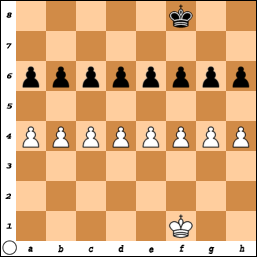A very common approach is to work backwards. Instead of studying openings first, followed by the middlegame and the endgame, you study endgames first. Once you know some endgame positions, it may be sufficient to calculate only three moves deep in a late middlegame position, because you know that the resulting endgame is won for you.
Let's consider a position were you have a pawn, king and queen vs. your opponent's king and queen. You have the option to exchange queens and leave black's king too far away to stop your passed pawn. It takes you three more moves to promote that pawn and now you know that K + Q vs. K is easily winning, although it may take another 10 moves. Thus, you just saw 14 moves in advance by going from one position (K + Q + P vs. K + Q) to another (K + P vs. K) and then to a won K + Q vs. K endgame.
This is of course a very basic example, but the point is that grandmasters do not really calculate 30 moves ahead. They just know that the given position transforms into another, which leads to a won endgame. The more positions and the more patterns you know, the better you get at calculating. This might help you to improve that skill:
- Learn the most basic endgames
- Learn essential checkmate patterns
- Learn tactical motifs and patterns
- Play games and go over them afterwards
Those "shortcuts" should lead to fast improvement. After you did the above things (or while doing so) it might also be a good idea to practice your visualization. Try to say whether a given square is black or white, whether a given position is checkmate or whether a knight can reach some squares within one move. Furthermore, you should always imagine a combination in your head after a game. Try to move the pieces without touching them in reality and try to picture the position after some moves. A nice program to practice visualization is the freeware "Chess Training Tools". You might want to check that out. An interesting website to learn tactics is http://www.chesstactics.org/. It offers many examples and great explanations.


